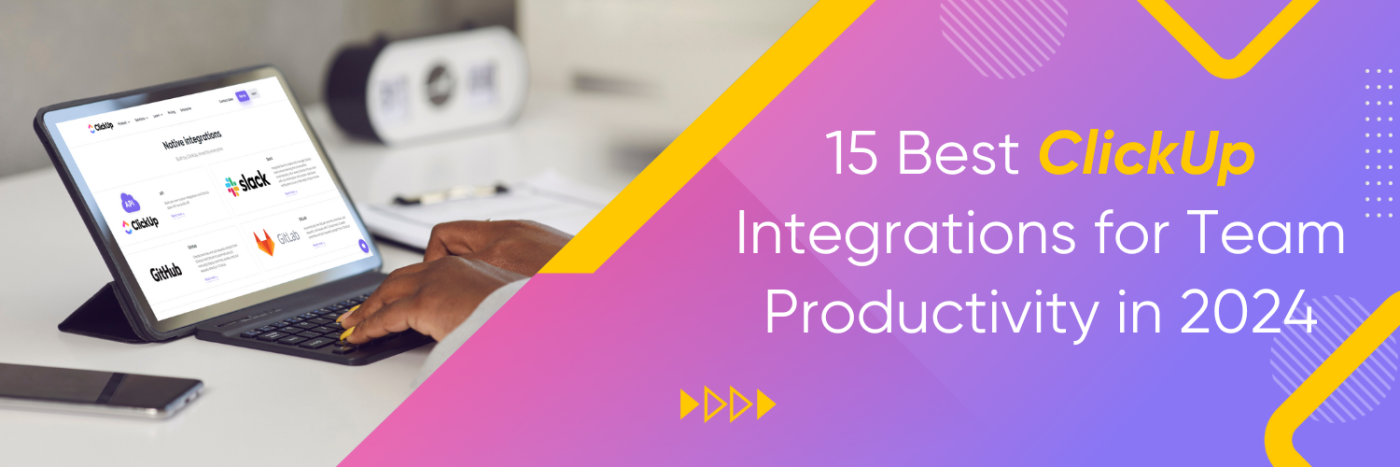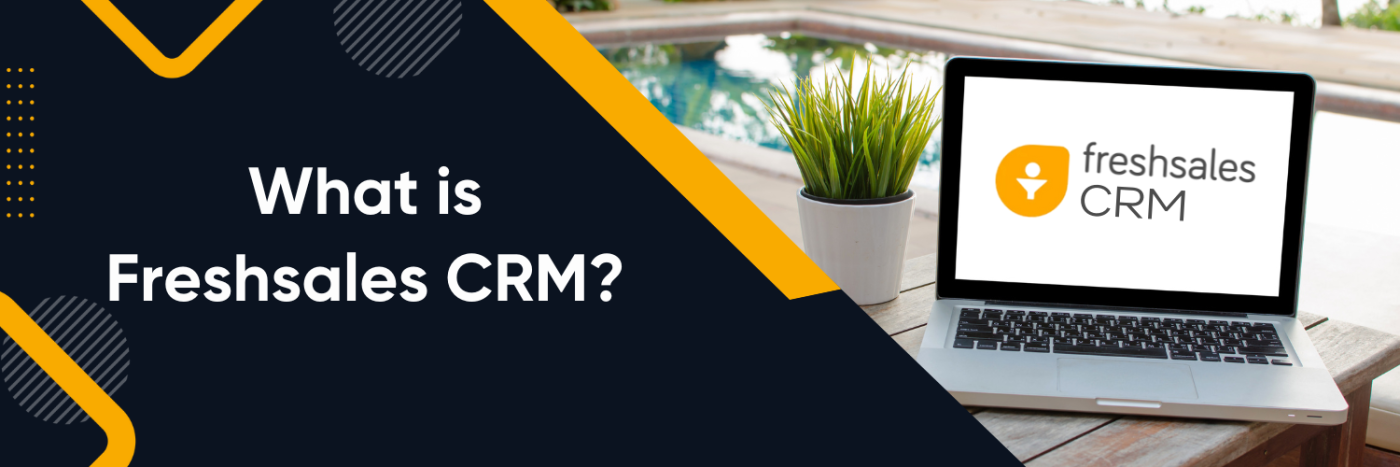What is Email Marketing?
Are you wondering what email marketing is? Is it a thing? How to do it? How to increase its effectiveness? In fact, email marketing can be considered one of the most valuable strategies for businesses today. This is because it has always been popular in both technology and market research.
It is the most cost-effective and time-tested form of marketing. This form of marketing has changed from traditional marketing means such as advertisements, direct mailing, print ads, etc., through the modern-day way of online marketing. As a result, it is one of the best sources of communication and a powerful medium that can be used to reach out to targeted users at a very low cost.
How does Email Marketing help?
Email marketing, the world’s leading online B2B marketing platform, has transformed every industry. Online channel usage has increased by 18% since 2017, and the average amount of emails sent is rising with a significant surge during the holiday seasons. This has put email marketing at the front seat and is the most popular form of digital advertising. It could give you some ideas on how to improve your existing process or introduce a new one that better suits your clients’ needs. It’s an excellent place to start if you are beginning, but there is more than meets the eye with marketing and business. There are many things you can do to get noticed by your clients that could be more effective.
The first step is to determine which email marketing techniques will work best for your business. And this is “Research.” Use the Google keyword “email marketing tips” and select “best practices.” Look for the companies that do this well. Read their articles, or get to know them through Twitter or Facebook. You can also read books about marketing and then take notes to implement them for your own business. And then, “Set up.” Before you go live with a new email marketing system, you need to set up a domain name and web hosting service. In order to create successful email marketing, you will need to look at your target market and the objectives you want to achieve. You will also need to decide what kind of email campaign to use and measure its success.
Email campaigns are usually used for different purposes:
a. To inform your subscribers about your new or updated content;
b. Promote your product or services on social media sites;
c. And to gather feedback from your users.
These must be carried out with high efficiency to ensure that you can reach your audience and gather more feedback from your subscribers while also keeping your budget in mind. As a result, email has become a crucial part of online sales in many countries worldwide.
8 Steps to Start An Email Marketing Campaign

1. Decide on your goal.
You should set up a goal for your email campaign. You could be aiming for one of the following objectives:
a. To gain new subscribers
b. To increase email engagement
c. To improve retention rates
Your goals will be more likely to be successful if you understand them properly. Some people will be looking for subscribers, some will be looking for feedback and others will want to increase the sales of their products.

2. Identify your target audience.
The next thing you need to do in starting your email marketing campaign is to decide who your target audience is. If you have no idea, a simple way of doing this is to look at all the visitors you have from a website and ask yourself questions about them. Then, you create a profile that will allow you to identify who your target audience is. Who are they? What is their gender? Are they young or old? Where are they from? And, do they have children?
3. Identify your email messages and decide which ones will best suit your audience.
Email messages can take different shapes and forms depending on whether they are promotional or informative. Promotional messages are generally short and to the point. For example, a promotional message might include a title, a description, a picture, and a call to action. On the other hand, informative messages could be longer and provide more information about a particular product. Finally, informative messages are generally used for communicating important information to your audience. For example, you could use a newsletter to tell subscribers about new additions to your store. In general, there are three types of email marketing messages that you could use:
Broadcast/mass (general) email. This is distributed to subscribers on a predetermined schedule or request of the subscriber. This form of email is typically any of the following: email newsletters, email offers, and advertisements.
4. Choose an email template or build one from scratch.
The email template must contain the following fields: email subject, email body, email addresses of recipients, and email addresses of secondary recipients. Once you’ve chosen a template, customize it to fit your needs. For example, you may want your email to feature a large headshot on the top of your message, which will draw your recipients’ attention. If you don’t have one of those on hand, you can find a high-quality headshot image online for free. Or you can use images from any of the many stock photography websites.
5 . Write an enticing email copy.
The best emails are clear and written concisely, have a hook that is relevant to the reader, and most importantly – contain a call‐to‐action (CTA). Here’s an example of what not to do. This is an example of poor email copywriting:
“Dear Sir/Madam, I will forward you our information for you to contact us directly as we would like to extend you a personal invitation to visit our Web site where you will have the opportunity to learn more about our firm. Sincerely,” What’s wrong?
It should also be conversational and think about the interest and benefit of the reader.
6 . Comply with email regulations to stay out of the spam folder.
Make your subject matter more specific. For example, instead of saying “How to make $,” change it to “How I make $10,000/month.” Include pictures or graphics in your email messages. It’s best to use stock photos on websites and apps. They tend to be less personalized and will not trigger spam filters.
Different email marketing campaign tools have several regulations and rules to consider. The rules cover several areas: the length of emails sent out, frequency and timing, what content can be included, and more. The Federal Trade Commission has also outlined a set of best practices when sending emails to people who have opted-in to your newsletter list or in exchange for a trial offer.
To stay in compliance with rules, remove all unengaged email subscribers from your list. Removing unengaged subscribers means eliminating anyone who hasn’t engaged with an email message within 30 days. Removing all unengaged subscribers from your list helps to keep your email messages from being marked as spam. When you send emails, make sure that you don’t go over the limits set by the providers. For example, a number of the top service providers allow you to send up to 100,000 emails per day at a time. While most of us would find that limit more than sufficient, it doesn’t do much good if you’re trying to send more emails out. If you send too many of it, you could get into trouble sending too many unsolicited emails or spam.

7. Track the Results of Your Email Marketing Campaign.
Have you ever wondered if your campaigns were being tracked? It is a question we receive quite often, and it is a good one to ask. Tracking is essential because you need to know how effective your campaign is and improve your email marketing strategies. You can track your metrics using Google Analytics and HubSpot tools.
If you do not have a Google Analytics account, you can get it for free. Go to
Google Analytics and sign up. Once signed up, create an account using your Gmail account. Then create a campaign by clicking on the “create new campaign” option. Now you are ready to get started with your next campaign.
Here are some of the important metrics you need to track in email marketing :
8 . Review and refine your email.
The way we currently manage our email address list is relatively primitive. As an email list provider, we know how important it is to get customers interested in receiving promotional or information emails from you. We only add new email addresses as they become eligible to receive our marketing messages, but that isn’t always enough. You should check everything in your email before finally sending it out to your recipients—especially the spelling, subjects, links, images, formatting, and call of action. You may send a test email to someone and check the accuracy and content of the campaign.
Checking for spelling/copy, links, and browser variations is vital to review before sending off an email marketing campaign. At the very least, make sure you’re sending a test email to at least one other person so they can review and edit the copy. The most effective marketing comes to those who test, measure, and continually adjust as they go. The only way to do this is to set up and use an email marketing management system like the
HubSpot Software used by Ubique Digital Solutions, a digital marketing solution partner. They can help you with your first steps in email marketing. In addition,
Ubique Digital Solutions offers HubSpot-related services that could help scale business quickly for beginners like you.















